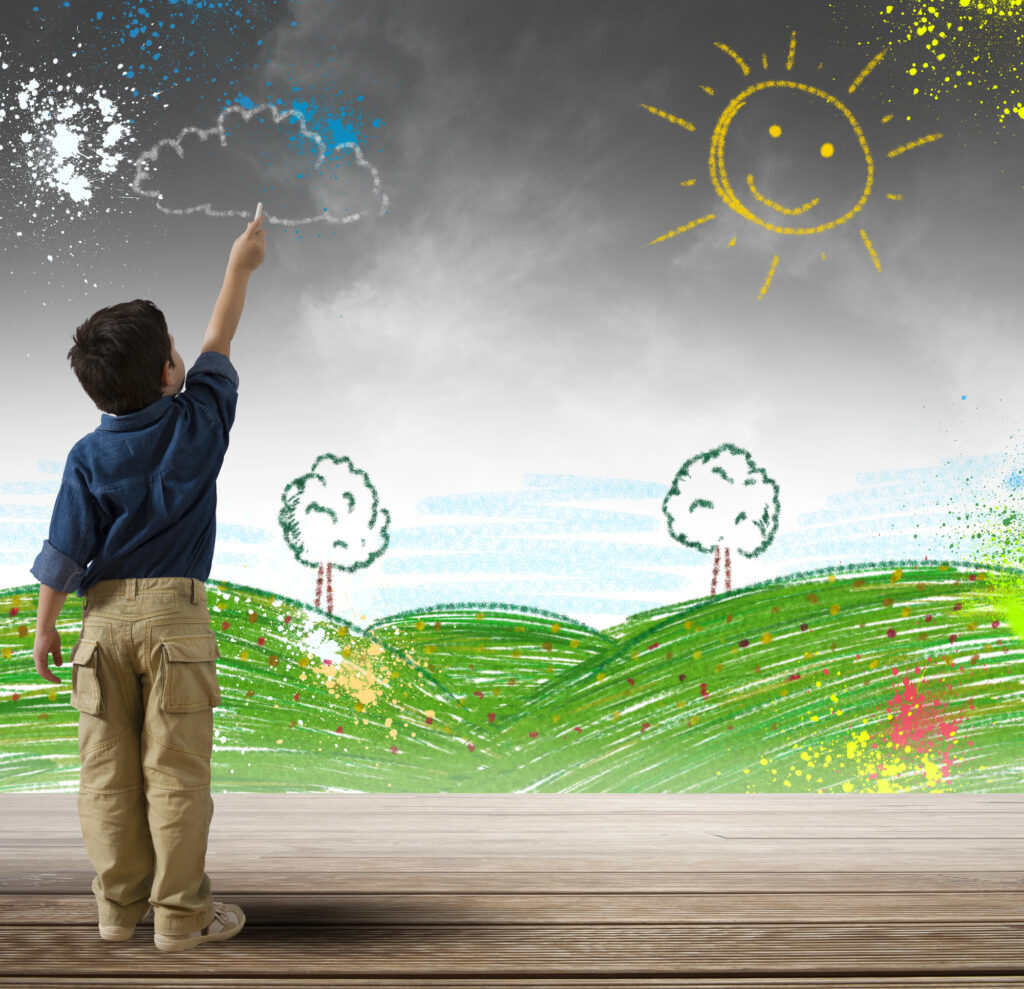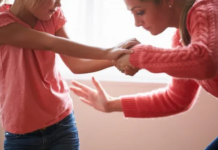EDITOR’S CORNER
Amid all the sobering coverage of the youth mental-health crisis and the role of social media, a story appeared in Education Week (which I posted as an Around The Web) pulling data from a recent survey conducted by the publication’s research arm.
Not surprisingly, the results showed that educators are worried. Notably, they’re concerned about increased isolation and its impact on self-esteem and mental wellbeing, especially among girls. In response to such worries, “A majority (65 percent) of educators agree that they should be responsible for helping students learn to use social media in ways that support their mental health and well-being.”
 As a way forward, the Education Week survey and story focus on social-emotional learning (SEL)—that is, toolsets emphasizing self-management, self-awareness, social awareness, decision-making, communication, relationship-building, and other skills. Back in 2017, a meta-analysis of school-based SEL interviews showed students displaying improved well-being half a year later.
As a way forward, the Education Week survey and story focus on social-emotional learning (SEL)—that is, toolsets emphasizing self-management, self-awareness, social awareness, decision-making, communication, relationship-building, and other skills. Back in 2017, a meta-analysis of school-based SEL interviews showed students displaying improved well-being half a year later.
As Rebecca Troeger wrote in her piece unpacking the study for Mad in America: “Researchers found that participation in an SEL intervention translated to a positive lasting impact on students’ attitudes, positive social behavior, conduct problems, and emotional distress (5%, 5%, 5.6% and 5.6% improvement respectively) after follow-ups at 20 to 23 months. Perhaps most notably, they also found that SEL program participation corresponded to a 13% improvement in academic performance 3.5 years post-intervention, as compared to controls.”
The research had limitations, as she noted in her story. But as she also noted, “Prior studies have demonstrated links between social and emotional competency in childhood and positive ‘health, education, and well-being outcomes later in life.’ A 2011 meta-analysis co-authored by three of the current study’s four researchers found that SEL interventions are successful in developing these competencies, as measured immediately post-intervention.”
Of course, SEL does not offer some magic wand in improving children’s mental and emotional states or academic performance. No approach can or does. But other studies since then have demonstrated the benefits of building emotional skills, self-reflection, and interpersonal awareness—whether emphasized within a specific teaching modality or not.
Empathy-oriented teaching, for instance, has been found to increase creativity. And emotional intelligence generally has been linked with higher grades and test scores.
Miranda Spencer, the former and founding editor of the Mad in the Family page, wrote an Editor’s Corner in 2022 that looked at an assortment of in-school initiatives aiming to boost children’s emotional wellness, among them the “Whole Child” approach to education—which often incorporates SEL. As explained on the Learning Policy Institute website, “Decades of research have demonstrated the need for education strategies that recognize connections between children’s social, emotional, cognitive, and academic development, as well as their physical and mental health.”
Physical and mental health. As anyone knows who has paid any attention to social media, the power of the screen lures children away from not just the outside world—the importance of which I discussed in my most recent Editor’s Corner—but their own bodies, their own balance, their own sense of movement through three-dimensional space and the natural world.
Cris Rowan, a pediatric occupational therapist I interviewed for my recent article exploring social media’s impact on youth mental health, has written about its harms with a focus on its deprivation of movement, social connection, touch, and nature. And spending too much time on screens, she said, can lead to sleep issues—which can lead to their own harms—as well as social phobias and problems attaching to parents.
All of which points back to the elements of social-and-emotional learning being instituted in schools, where the damage done by social media is witnessed too often by those in the trenches: teachers.
They know that children need and deserve the skills to help them not just with homework, not just with tests, but with life over the long haul. Understanding themselves and others as they learn to navigate a classroom, a playground, their inner thoughts, or the world at large is all a part of being human. Social media can distract them from it; it can present an alternate realm less nuanced and, far too often, more toxic.
But the real world beckons, full of challenges and complexities and joy. Let’s teach them how to live in it.
—Amy Biancolli, Family Editor
***
More from Mad in the Family
More Editor’s Corners














